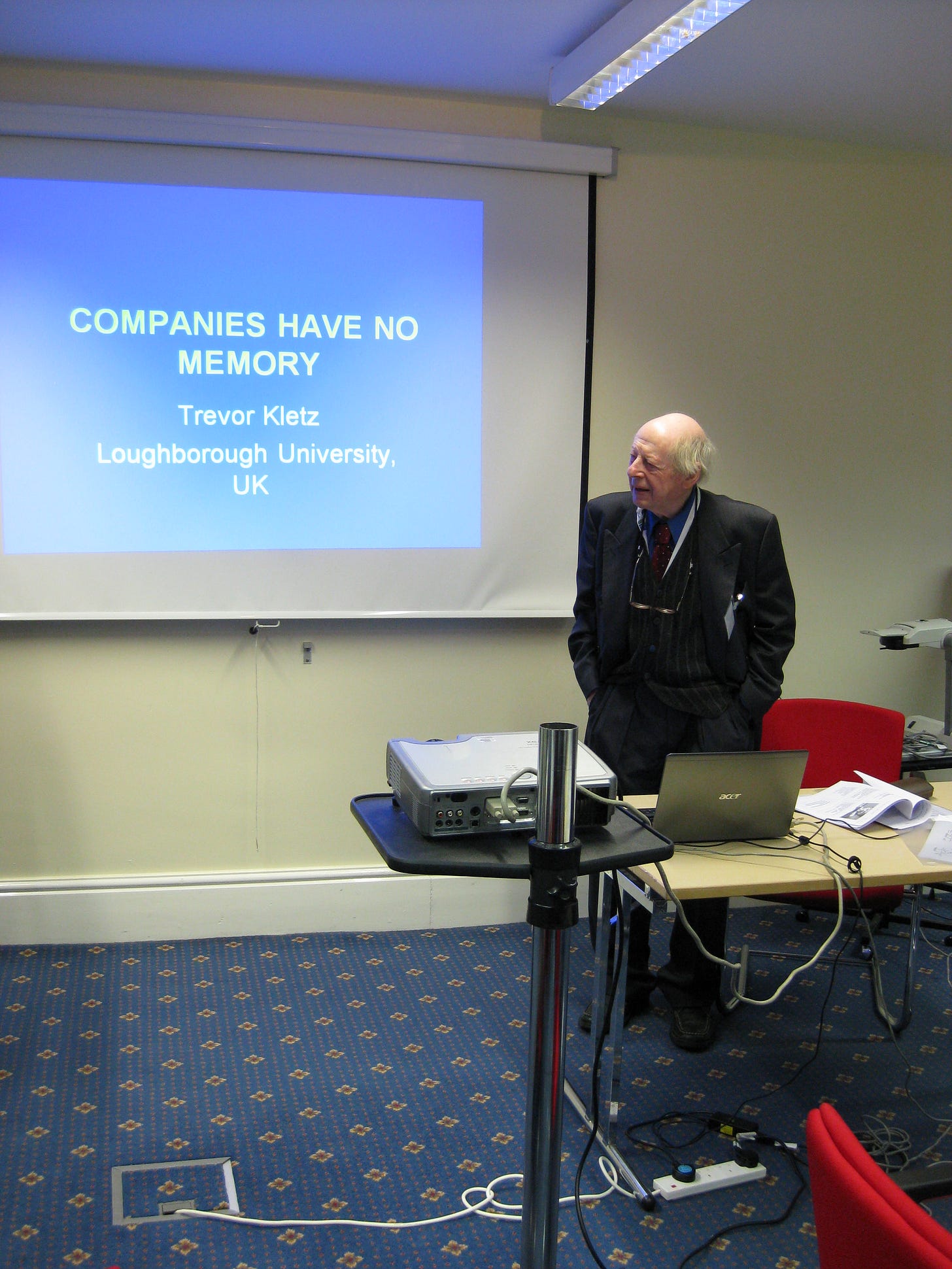Part 11: What Would Kletz Do?
Series 1, previously published on LinkedIn January 10, 2023 (minor edits)
To recap, I have been looking at the critique and reaction to the domestic hydrogen QRA report, conducted by ARUP+ on behalf of BEIS. Part 1 was an exploration of the online opposition to the report’s findings and Part 2, further examined some of the mischaracterisat…
Keep reading with a 7-day free trial
Subscribe to The Vigne Intervention to keep reading this post and get 7 days of free access to the full post archives.





